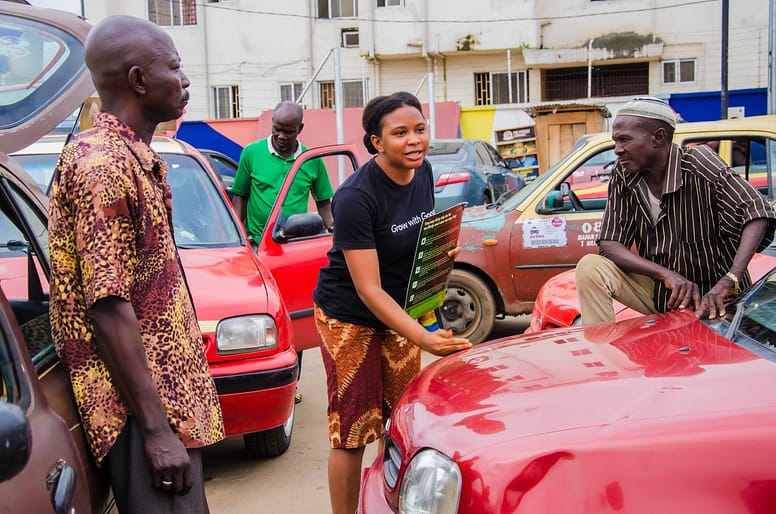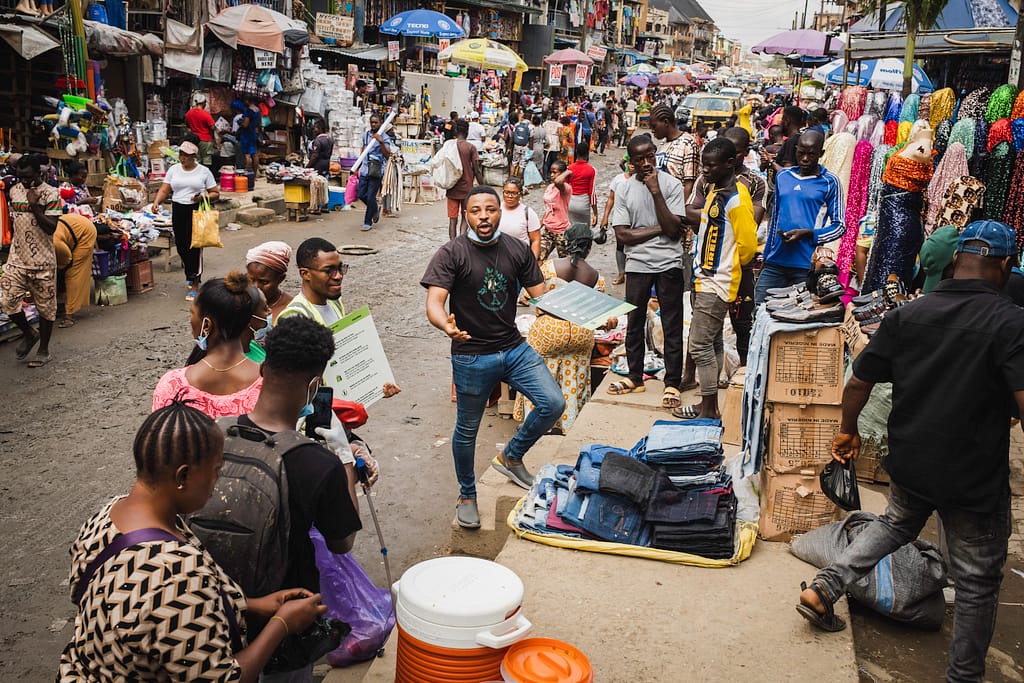Although globalisation has resulted in a more integrated world with shared experiences, societies continue to differ fundamentally; ergo, what works in society A might not necessarily be applicable in society B. Localising sustainability, hence, means adapting the concept and its principles to be congruent with the nuance of a particular society.
Africa, according to data from the World Bank, contributes the least to global carbon emissions, yet it is poised to be the most vulnerable to the impact of climate change. The disparity in the action-consequences ratio in terms of human-related activities contributing to climate change effect on the continent vs its western equivalents is evident.
Accordingly, the continent’s sustainability priorities should differ from those of the global west. Similarly, each of the 54 countries in the continent will have to prioritise solutions to issues most pressing to them, while also adopting solutions tailored to their own situation.
The continent’s approach should be one of alignment with global organisations to fight global issues while not losing sight of what is important to us as a continent and how we can take these solutions and apply them to our local context. Notwithstanding, if global solutions cannot be adapted to take into account local context, African countries must come up with their tailor-made solutions, either collectively or individually.
The Africa Green Wall Initiative is an example of a tailor-made solution that combines the three pillars of sustainability to solve concerns and issues that span all three. Further, it is also an example of collective action as over ten African countries joined forces to create an 8,000-kilometer-long green wall of trees and plants from Senegal to Djibouti. Land fertility, economic opportunity, food security, and climate resistance are among the benefits.
How can sustainability be a relatable concept?
Although the term “sustainability” in a formal piece of work emerged in 1713, one can presume that people had practised sustainability in other facets of life, albeit informally. Similarly, it can be surmised that pre-colonial Africans also practised sustainability in some form or another prior to the adoption of Western ideologies.
The concept of sustainability has, without a doubt, been in existence for a long time, both informally and formally. However, there is a perceived dismissal of prioritising sustainability since other concerns, such as access to basic needs and survival, are ranked higher.
The apathy toward sustainability may be due to a low level of awareness, an inadequate understanding of sustainability in the local context, and limited action from the government to promote, implement policies, carry out planned projects, and incentivise people to adopt sustainability in all aspects of life.

What are the steps involved?
1. Prioritising needs
The economic, social, and environmental issues plaguing Africa vis-à-vis other continents vary; hence, the same strategy, solutions, and priority ranking will not work. African countries will have to prioritise the sustainability issues that affect them the most because that is what will resonate with the average person. They will also have to apply strategies that work for their local situation.
When it pertains to a situation they are facing, the average person is more willing to understand the relevance of sustainability and how it affects them. For instance, a continent with a high percentage of energy poverty should prioritise improving access to energy by using sustainable methods that apply to each country’s circumstances.
Furthermore, each country will have to take into consideration the other problems tied to the issue of energy poverty within their country and evaluate the benefits of crafting a solution that simultaneously resolves these issues.
That is, for society A, improving energy access can lead to the creation of jobs and an increase in productivity that leads to an increase in income. While for society B, it can lead to a reduction in insecurity and car accidents if streetlights are added to each area of the society to improve lighting during nighttime.
According to the International Energy Association (IEA), 770 million people do not have access to electricity, with the majority living in Africa. Additionally, for the first time since 2013, the number of people in Sub-Saharan Africa without access to electricity increased, and circa 90 million individuals with connections lost the ability to afford electricity bundle services in 2020. People will be able to relate to sustainability in this circumstance if it tackles the energy problem they are currently dealing with daily.
2. Make room for indigenous storytellers
The “Telling the African Story” TED Talk by Komla Dumor emphasises the value of narrative; it helps us to understand, empathise, and relate to what is being discussed. Because no two African countries are the same, the stories cannot be told in the same way. “When in doubt, ask an African expert,” said the late Ghanaian journalist Komla Dumor.
This indicates that having indigenous people tell their stories provides a more rounded perspective on these stories. These people have lived and breathed their society’s institutional knowledge. As such, they are better placed to give nuances to sustainability stories.
A more rounded perspective that takes account of the local situation presented by a local is more likely to resonate with the local audience. Representation matters; people will be more receptive and eager to listen if they believe the individual delivering the message is similar to them and can connect to their situation.

3. Solution-driven storytelling
There is a need for balance when telling the sustainability story of Africa. This balance can be achieved using a solution-driven narrative rather than a problem-led storytelling approach; a solutions-based approach highlights the problems and responses to social issues, explaining the “how” and “why.” This approach explains what is happening and why it is or is not working. People will not only be able to grasp sustainability as a result of this, but the standpoint from which they will get information will also foster comprehension and action.
4. Grassroots movement
People are the most significant participants in the promotion and adoption of sustainability ideals. People form communities, structures, and systems, and as such, they need to be aware and have a broad understanding of sustainability. The willingness of people to accept an idea and put it into practice is contingent on a thorough knowledge of what it entails. Integrating sustainability at the community level facilitates incorporation into the wider society.
On the part of civil society advocating for sustainability, connecting with people at the grassroots level to equip them with knowledge on sustainability is an effective way of making it relatable. The knowledge of sustainability, when broken down and applied to the circumstances of people in a specific location, becomes relevant to them.
On the part of businesses with a sustainability outlook, particularly fast-moving consumer groups (FMCG), promoting sustainability and allowing people to connect with it through the products or services they buy or sell by embedding sustainability into product or service advertisements, packaging, supply chains, and corporate social responsibility (CSR) in the regions in which they operate is an effective approach.
On the part of the government, there is a need to provide support through infrastructure development, macroeconomic policies, and sustainability policies and initiatives, as businesses and civil societies can only do much.
People are inclined to accept and work towards achieving the objectives and principles of a concept that they find relatable if it affects their everyday lifestyle. It is, thus, imperative that all stakeholders take control of the narrative of sustainability in Africa to make it relatable in the local context.
Author: Omobolade Olagunju

